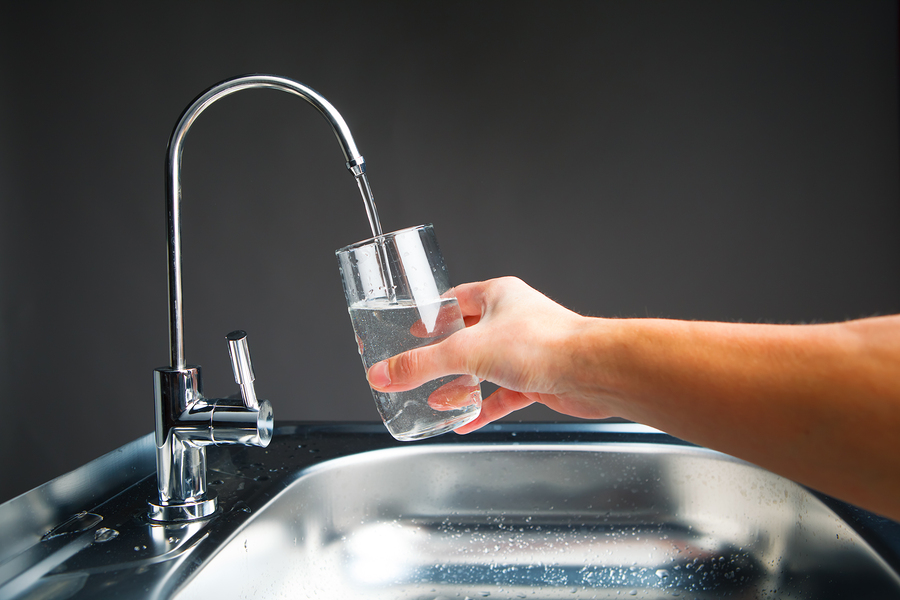What You Need to Know About Reverse Osmosis

Reverse osmosis systems are commonplace in many homes. However, few homeowners really understand how the systems work and how they benefit their families. The information below can help increase understanding in this relatively uncomplicated system.
Basics
Reverse osmosis systems move a solution such as water to move through a semi-permeable membrane with an external force. Solutes stay on one side while the low solute solution that is purer moves through the membrane. The systems are used for more than simply pure water in the home.
Uses
The most common uses for RO systems are making water safe to drink and cook within homes. Many different devices use this system to purify and filter water from pitchers to in-home units. Additionally, renal replacement therapy and desalination use these systems. Using RO water in an aquarium especially reef tanks helps maintain stable water chemistry. The system eliminates unwanted toxins and chemicals that enable the growth of algae and cause problems for the plants and fish within the tank. RO helps treat water in modern utilities to deliver safe water for citizens to use.
Benefits
The water you drink from these systems is devoid of chemicals. The pure liquid has no change in taste. Most systems do not require much maintenance or power to operate. Your home’s plumbing does not have a buildup of sediments or abrasions passing through because the RO system filters those out. These systems are environmentally-friendly thanks to the effectiveness of their filtration. Do keep in mind that bacteria is not filtered out by these systems and may require further filtration if that is a concern.
Enjoy the beauty of clean, pure drinking water by installing reverse osmosis systems in your home. The type of system that works best in your home varies. The best option is to speak to a professional about the options available to you and see what they recommend.
